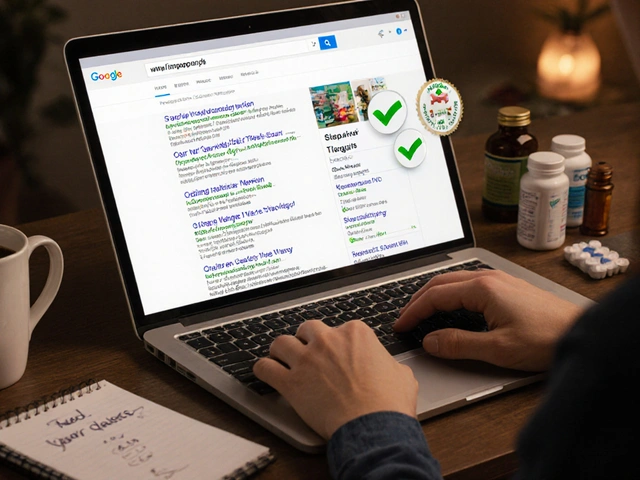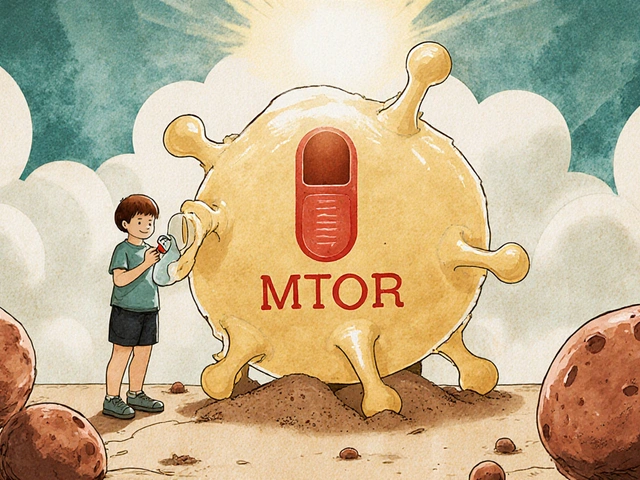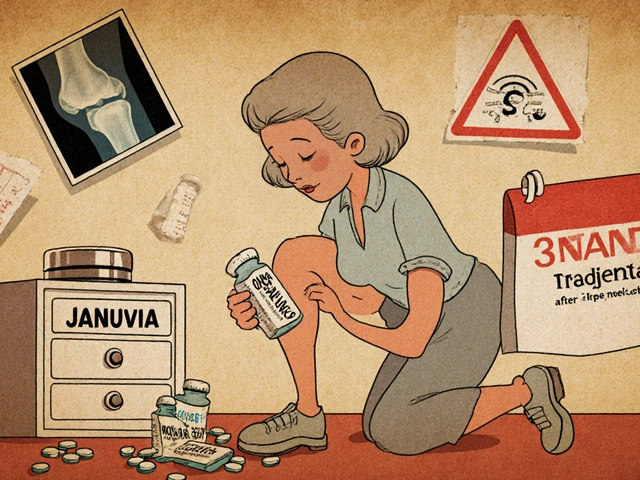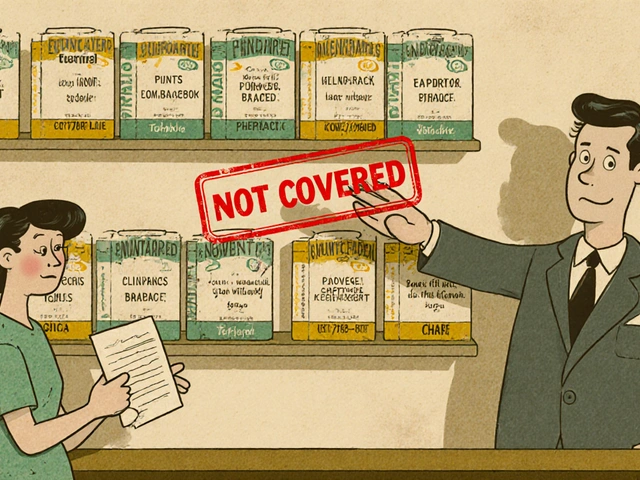Statin alternatives: options when statins aren’t right
Can’t take a statin or want other options? You’re not stuck. There are several proven drug choices, supplements, and lifestyle moves that lower LDL (the “bad” cholesterol) or reduce heart risk. Below I’ll walk you through the most common alternatives, how they work, and when they matter.
Prescription drug alternatives
Ezetimibe (brand name Zetia) stops cholesterol absorption in the gut. It’s often added when people can’t tolerate high-dose statins or need extra LDL lowering after lifestyle changes.
Bempedoic acid (Nexletol) lowers cholesterol by blocking its production in the liver but activates only in the liver, which may mean fewer muscle side effects. Doctors sometimes use it with ezetimibe for better results.
PCSK9 inhibitors — evolocumab (Repatha) and alirocumab (Praluent) — are injections that can cut LDL a lot, often 50% or more. They’re expensive and usually reserved for people with very high risk, familial hypercholesterolemia, or true statin intolerance.
Bile acid sequestrants (cholestyramine, colesevelam) bind bile acids in your gut so the body uses more cholesterol to make new bile acids. They work but can cause constipation and interfere with absorption of other meds.
Fibrates (fenofibrate) mainly lower triglycerides and can raise HDL a bit. Niacin can raise HDL and lower triglycerides but has side effects like flushing and potential blood sugar changes, so it’s less used now.
Supplements, diet and lifestyle that actually help
Red yeast rice contains monacolin K, a natural compound similar to lovastatin. It can lower LDL but quality and dose vary a lot between brands. Talk with your doctor before using it — it can interact with other meds and may behave like a low-dose statin.
Plant sterols and stanols (found in fortified foods) reduce cholesterol absorption and can lower LDL by a modest amount when taken daily. Soluble fiber (oats, psyllium) also helps; aim for a regular dose, not just an occasional bowl of oatmeal.
Omega-3s (especially prescription icosapent ethyl/Vascepa) reduce triglycerides and have shown heart benefit in certain patients. Over-the-counter fish oil is less consistent and varies in quality.
Don’t forget the basics: lose excess weight, follow a Mediterranean-style diet (more vegetables, whole grains, fish, olive oil; less red meat and saturated fat), exercise 150 minutes a week, quit smoking, and manage blood pressure and diabetes. Those moves reduce risk even when medication choices are limited.
If drugs are off the table due to muscle symptoms or interactions (grapefruit and other citrus can affect some meds), start with a clear plan: get a recent cholesterol screening, discuss specific side effects with your clinician, and consider stepwise options — lower statin dose, alternate-day dosing, then add ezetimibe or bempedoic acid, and reserve PCSK9 inhibitors for high risk.
Want help figuring out which route fits your situation? Talk to your doctor or a lipid specialist. Bring a list of your meds and recent labs, and ask about side-effect strategies and drug interactions before changing anything.

Bempedoic Acid vs Atorvastatin: The New Era in Cholesterol Control?
Curious about bempedoic acid and its growing reputation in cholesterol management? This article unpacks how it works, digs into clinical trial results, and compares it head-to-head with atorvastatin. If you're exploring safe and effective options for lowering your cholesterol, you'll find plenty of actionable insight—plus, discover alternatives in therapy that might surprise you.
Read More




